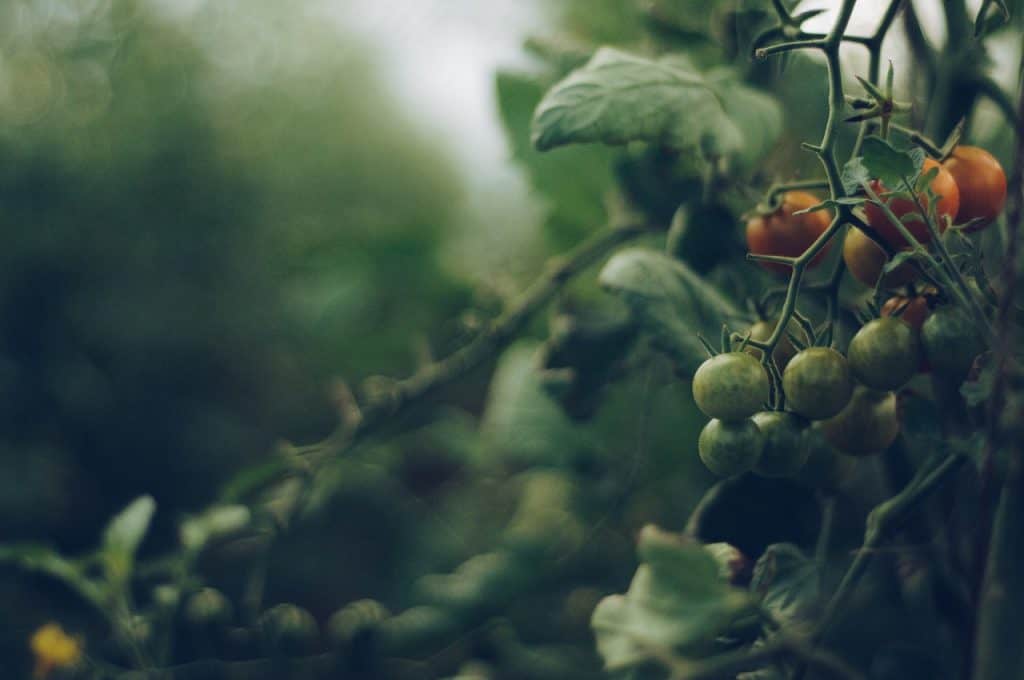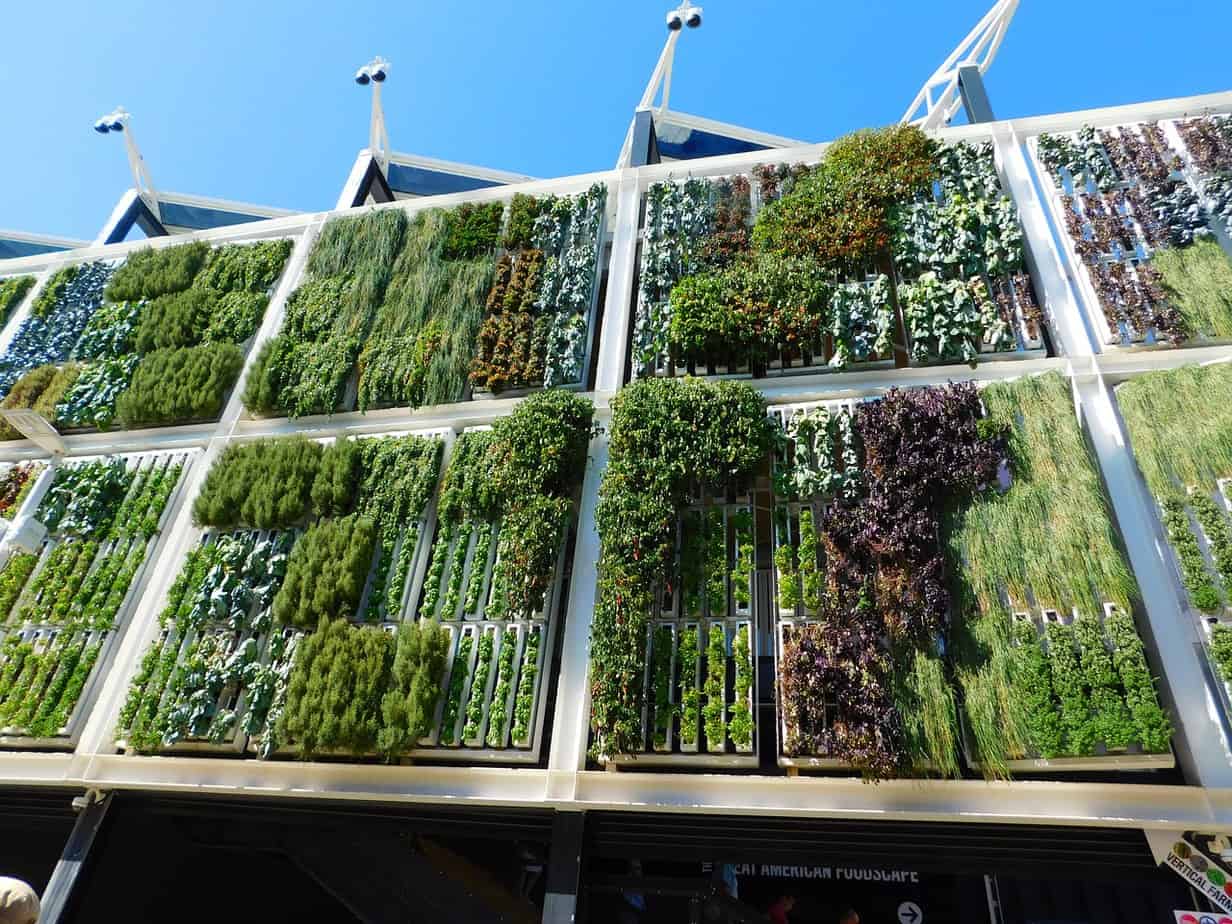A vertical garden that has vining vegetables may help you save space. Vertical gardens take up less room and are more attractive than traditional gardens. Furthermore, you can use several plants as vining vegetables making vertical gardening an excellent method to free up floor space.
A vertical garden, however, must be cultivated in containers. This might be difficult because not all plants thrive when planted in pots. As a result of this post, you’ll have access to a list of climbing and vining vegetables that can be grown effectively in containers.
All of the below veggies are also very productive. If you produce them, you’ll get a lot of stuff. So why not give it a shot? To discover what they’re all about, go no further.
Table of Contents
Nasturtium as vining vegetables
Nasturtium is a delicious vegetable that qualifies on the list of vining vegetables. It is known for its distinctive taste. Every part of this plant is edible, including its leaves. Its leaves, on the other hand, are the most flavorful portion of the plant.
Nasturtium is a valuable plant that may be used to spice up many dishes. In salads, however, it is widely employed. Nasturtium has several healthful applications, including medicinal uses. Nasturtiums are also known for their quick development. It only takes 6 weeks for them to mature and ripen.
Nasturtium may be cultivated in pots. It’s preferable to cultivate it in containers rather than directly in the garden since it’s a delicate vegetable. Additionally, because it is such a lovely plant, you may enjoy using it for decorating instead of just growing it straight in the ground.
Tomatoes
Tomatoes don’t need an introduction. They are well-known and well-liked throughout the world. This popular plant is one of the most productive in terms of production. It’s also highly adaptable, to say the least. You may eat it fresh or prepared, and you will get excellent flavor and health benefits either way. That is why we have added it here in the list of most favorable vining vegetables.
Tomatoes may be grown in containers, and there are two distinct types. If you want a more thorough explanation of how to grow tomatoes in pots, check out this article, which includes all the required information and advice.

Malabar spinach
Malabar spinach is a fast-growing, highly productive cultivar with good green leaf yield that may be grown in shade or sunlight. It’s also an easy-to-grow plant that performs well under unfavorable weather conditions.
Mild temperatures and little water are required for this vegetable to thrive. It grows well in low-humidity areas and even thrives in hot, dry climates. It’s also a fast-growing crop, so you’ll need to harvest it when it matures. To assist the plant to grow straight up, remember to offer it support.
Spinach may be grown in pots. It’s possible to grow spinach in containers of all sizes. This post will give you the best advice for growing spinach in containers.
Loofah
On our blog, this is the first time we’ll write about Loofah. This tropical plant is recognized for being a natural sponge. It’s an edible vegetable that you may use in a variety of ways. In any case, Loofah has several health advantages.
Fresh or cooked, the loofah may be eaten. In any case, it’s very healthy and delicious when consumed fresh or cooked. It is strongly advised that you use the big container for cultivating Loofah containers.
Lablab Beans (Indian Beans)
Beans from the Indians are native to South Asia. Although it is one of the least-known bean types, it is one of the healthiest and most delicious beans around. Because Indian beans grow in subtropical regions, they require a warm climate to flourish.
Chayote
This fruit-bearing vegetable grows exotic delectable fruits. Its fruits are pear-shaped and resemble pumpkins in appearance. Chayote prefers cool temperatures. This is because these plants come from subtropical climates, according to natural logic.
Living in a cool climate zone, you may cultivate chayote in a container as long as you provide adequate drainage. You’ll need to water the soil regularly. Poor drainage and wetness are the two most important things you must remember when growing Chayote. It is critical to give Chayote adequate growing conditions for it to thrive.
Pumpkin
It is possible and gratifying to cultivate Pumpkins in pots. Of course, not all pumpkins are suitable for container gardening. Some tiny types, such as Baby Pam, Small Sugar, and Spooktacular, are ideal for growing in containers.
The most popular types of pumpkins are Jack O’ Lantern, Sugar Baby, and Little Calico. These pumpkins usually weigh between 5 and 10 pounds. The finest feature of these cultivars is that their fruits may resist a variety of pests and insects, including aphids and squash bugs. To properly grow pumpkins in containers, they require a space with plenty of sunshine, protection from the wind, and damp soil.
Pole Beans
Pole beans are slender, short-lived perennial plants that can grow to be 10 feet tall. As a result, they may be cultivated in containers. You may grow them in your yard, on your balcony, or even on the porch. Because Pole Beans enjoy warm soil, growing them in pots provides superior results than cultivating them in gardens since garden soil is
It’s critical to start with big pots. Pole beans are similar to other beans in that they don’t like being transplanted.
Runner Beans
Runner beans are among the most efficient plants in tiny places. Despite its beauty, this lovely beautiful ornamental plant produces edible, nutritious leaves. As long as you give them rich soil, plenty of sunlight, and frequent watering, growing runner beans in pots is feasible.
You can pick Runner beans any time you want, but the flavor of their leaves improves when harvested early while they are still tiny. If you allow them to develop fully, the taste may deteriorate. Also bear in mind that to encourage growth, provide support.
Peas
Peas are one of the most common vining vegetables grown in containers. Peas are a low-maintenance plant that grows abundantly without requiring much attention or care. In addition, peas are robust and can thrive in both full sun and partially shaded areas.
Peas thrive in temperate zones with a temperature range of 60 to 75 degrees Fahrenheit. If you reside in a chilly climate, plant them in the spring; however, if you live in a hot environment, consider planting them during the winter instead. Peas require fertile dirt and regular watering, regardless of whether you grow them in the summer or winter

